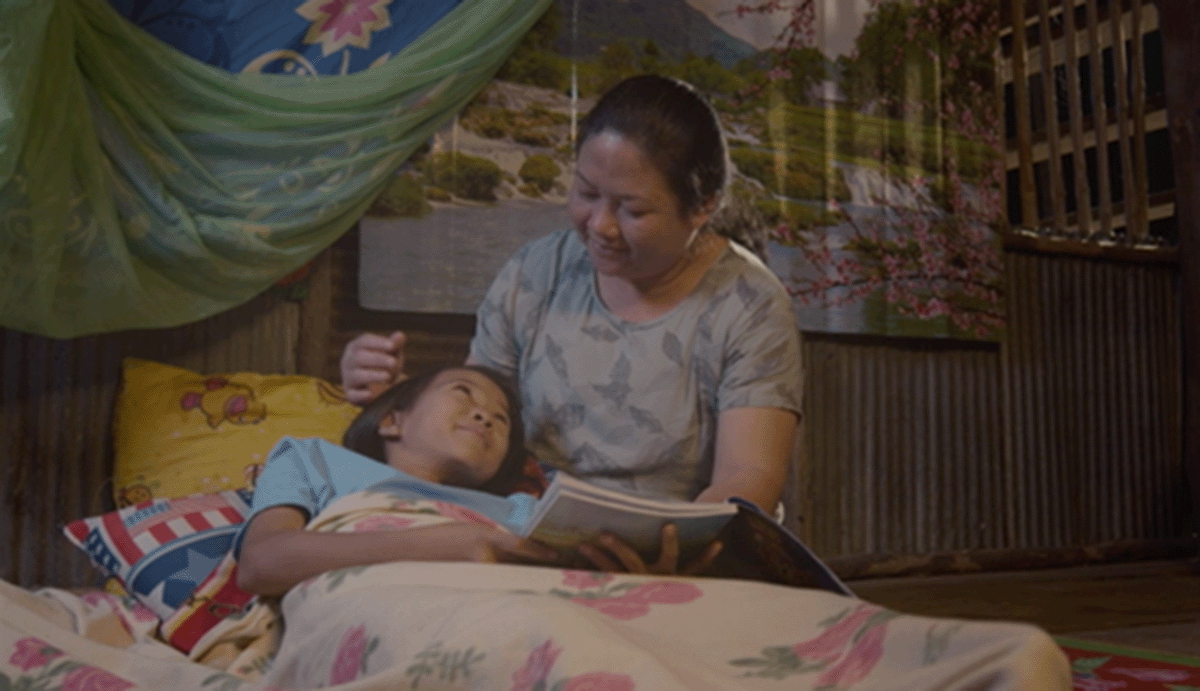Not only is virtual care safe, patients and providers use it effectively, new research finds
New research from McMaster University has found that not only is virtual care a safe way to hold medical appointments, but that patients and physicians were able to use it appropriately and effectively with minimal guidance.
The study, published in Healthcare Quarterly on Nov. 27, was led by Shawn Mondoux, an emergency physician and associate professor in the Department of Medicine. Mondoux and his team wanted to find out just how safe virtual care is when compared to an in-person assessment.
To do this, researchers keyed in specifically on virtual care in Ontario and utilized data from ICES. This included data from the Ontario Health Insurance Plan (OHIP) database. Virtual care has seen a meteoric rise in use since the beginning of the pandemic and can include video and phone appointments.
Then, to ensure an appropriate comparison, they grouped patients based on several conditions, like age, gender, similar historical illnesses, and their history of diagnosis. This resulted in more than 18 million visits being included in the analysis, split evenly between virtual and in-person care. Researchers then looked at patient outcomes at seven and 30 days following their appointment.
“So the result was that when you look at the two populations together, those who were seen in virtual care had less bad outcomes, had less hospitalization, and less visits to intensive care units, and really had less health care visits, with the exception of one place, which was they tended to see their own family doctors virtually more often than patients seen in-person,” Mondoux says.
It’s important to note that the researchers couldn’t account for the acuity of the patients between the groups in this study.
“So, if you’re super sick, you as a patient may in fact choose to say, ‘I’m really sick. This isn’t a virtual call thing. I’m going into the emergency department, or I’m going to go see my doctor, or I’m going to go see my specialist.’ And very reasonably, your family physician may also say the same thing. That acuity or that level of sickness isn’t something we could totally match for.”
Mondoux says that virtual care is not only safe, but that patients and physicians are making good choices about the use of it.
“The in-person care system is probably taking care of much sicker patients, which is exactly what it should be doing. We released a technology that was brand new. And somehow, everybody just knew how to use it really well.”
Mondoux hopes the research can spur a conversation amongst policymakers about the use of virtual care, by turning the topic away from it being about whether it’s effective, and instead focus on who it is best suited for.
“This can save patients travel to a hospital, parking, and commute time. And there’s a lot of patients out there who don’t have access to their own vehicle or family members to do all this stuff. So, this is a helpful modality,” he says.
This study received funding from the Juravinski Research Institute and the Graham Farquharson Knowledge Translation Fellowship.
ResearchRelated News
News Listing

Brighter World ➚
Analysis: Ontario’s high-stakes bet on iGaming: Province profiting from online betting but at what cost to problem gambling?
Research
1 day ago

The power of cinema: Study shows film intervention reduces violence against children
Dept. Psych, Offord Centre for Child Studies, Research
4 days ago

